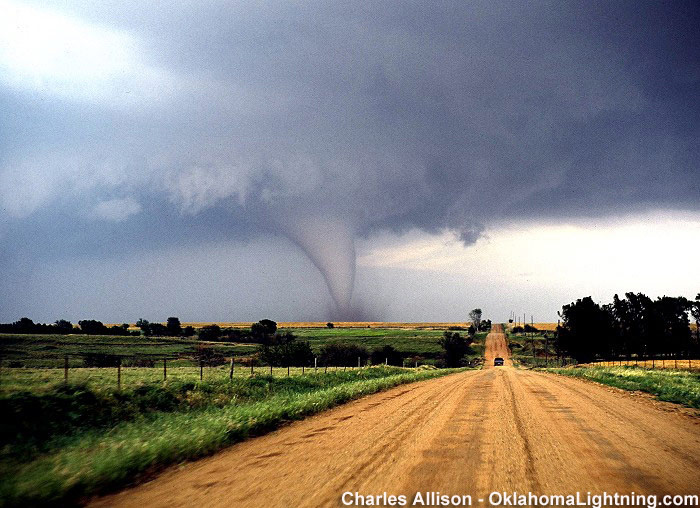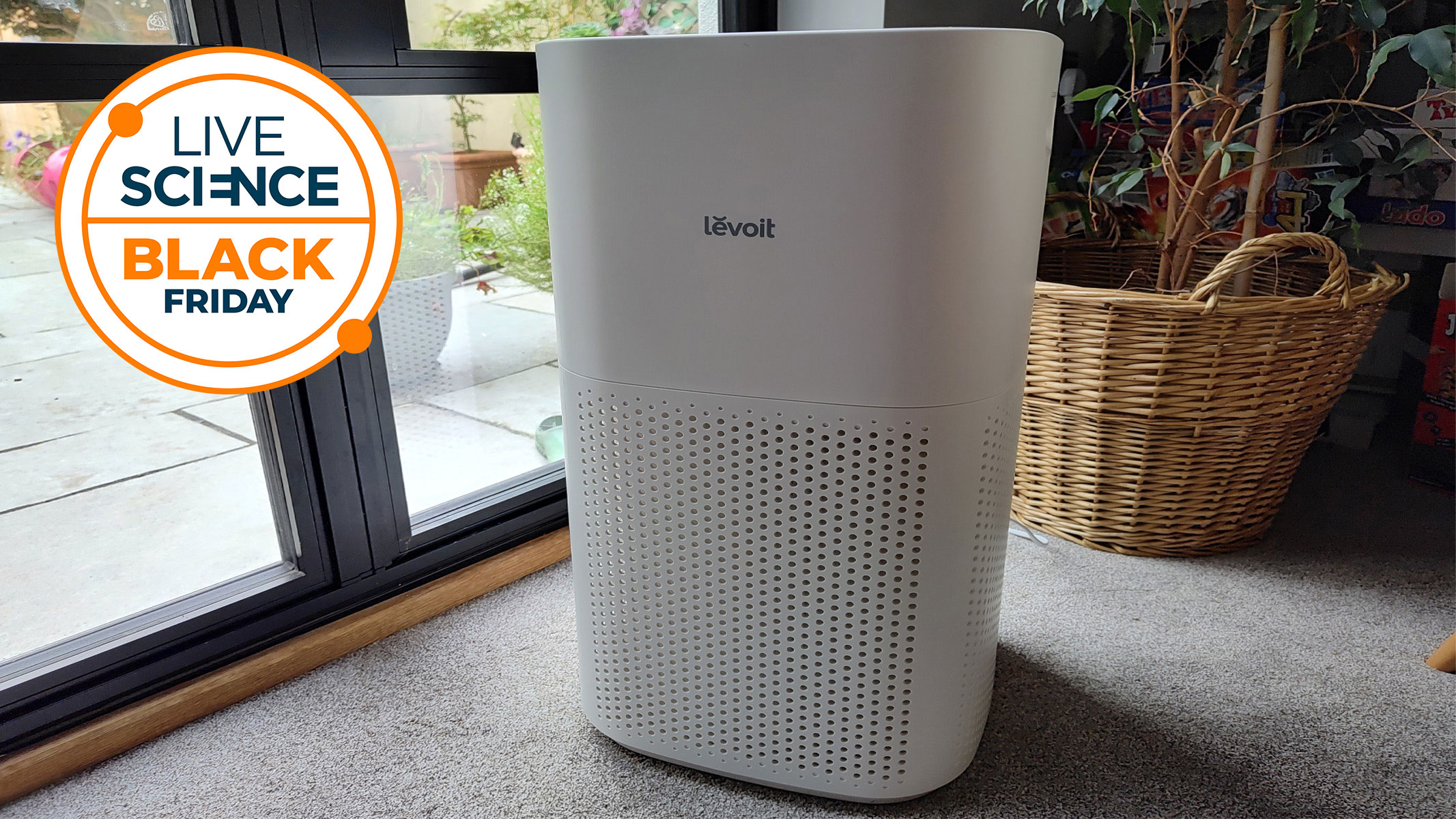Early Tornado Warnings Not Always Helpful

With the most deadly tornadoes, even advanced warning may not reduce fatalities, according to a new study. Though the results are based on only a few cases, scientists found that with the worst tornadoes, increasing the warning time may actually increase the number of deaths they cause.
The researchers say they don't have enough evidence to conclude that greater advance notice is a bad thing, but their findings do indicate that more warning time alone may not be the answer to tornado threats.
"If an F-5 [the most severe type of tornado] hits your house, unless you're in a [reinforced] safe room, it probably doesn't matter if you had two minutes of warning or an hour of warning," said Kevin Simmons, an economist at Austin College in Texas who conducted the study with economist Daniel Sutter at the University of Texas-Pan American. "That thing is so powerful, there's a pretty high probability you're going to be injured or killed."
Better warning systems
The researchers analyzed data from more than 18,000 tornadoes in the United States between 1986 and 2002. Overall, they found that early warning is very helpful: On average it reduced expected injuries by about 32 percent.
This finding seems to agree with historical trends: Between 1925 and 2000, the annual fatality rate from tornadoes in the United States went down from 1.8 per million residents to 0.11 per million. Many experts attribute this decline to improved warning systems.
But when the researchers examined data from the most severe cases — the 300 out of 18,000 tornadoes in which people died — the effects of advanced warning were less clear. Overall, when people were notified of a tornado up to about 15 minutes ahead of time, deaths decreased. However, lead times greater than 15 minutes seemed to increase fatalities compared with no warning.
Get the world’s most fascinating discoveries delivered straight to your inbox.
The scientists think this result is explained by a handful of the most severe storms.
"If you just look at it on the surface, you could come up with the conclusion that extra warning doesn’t pay off," Simmons told LiveScience. "But when you break it down and look at what's driving that result, you find that the storms that are much larger are also the storms that are on the ground the longest, and those storms are the easiest ones to detect, so they're almost inevitably going to have longer lead times."
Encouraging dangerous behavior?
The researchers didn't have information about how the people died in those tornadoes, so they can't assess whether the increased warning time simply didn't help enough, or actually added to the fatalities.
"The concern is that longer lead times would encourage dangerous behavior," Simmons said. "There is anecdotal evidence that came out of the tornadoes in Oklahoma and Missouri last week. Out of the 23 fatalities, eight were people in cars. I don't know if those people were trying to outrun the storm, or if they just happened to be in their cars."
If a tornado is heading your way, you are much more likely to be injured or killed in your car than you are at home, Simmons said. Perhaps earlier warnings encourage people to think they can outrun tornadoes when they'd be safer to stay at home.
"Our policy recommendation is not that we don’t need to increase lead times," Simmons said. "It's not that at all. It's that these large storms may not be as responsive to lead times, so what else can you do?"
Other helpful tactics aimed at improving tornado safety are designs for building safe rooms in houses and community hideout shelters that can withstand tornado winds. Also, since early warnings do help most of the time, the researchers advocate the use of radios tuned to the National Oceanic and Atmospheric Administration's Weather Radio network, which broadcasts county-specific weather warnings. Radios can be left on these stations all night (when people are unlikely to see a warning on TV), and will only alert a person if there is danger in their immediate area.
- Video: Tornado Chasers
- Top 10 Killer Tornadoes
- Image Gallery: Tornado Country

